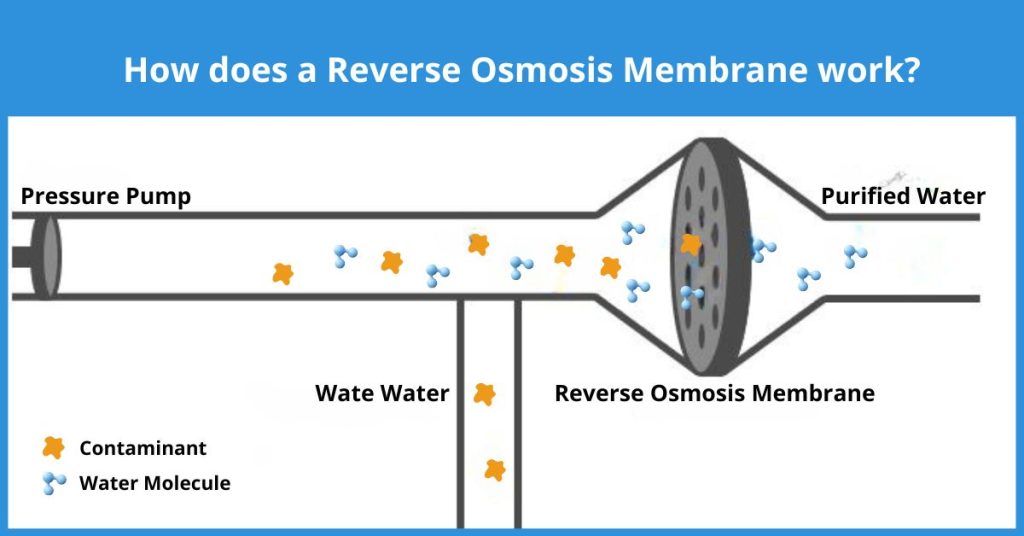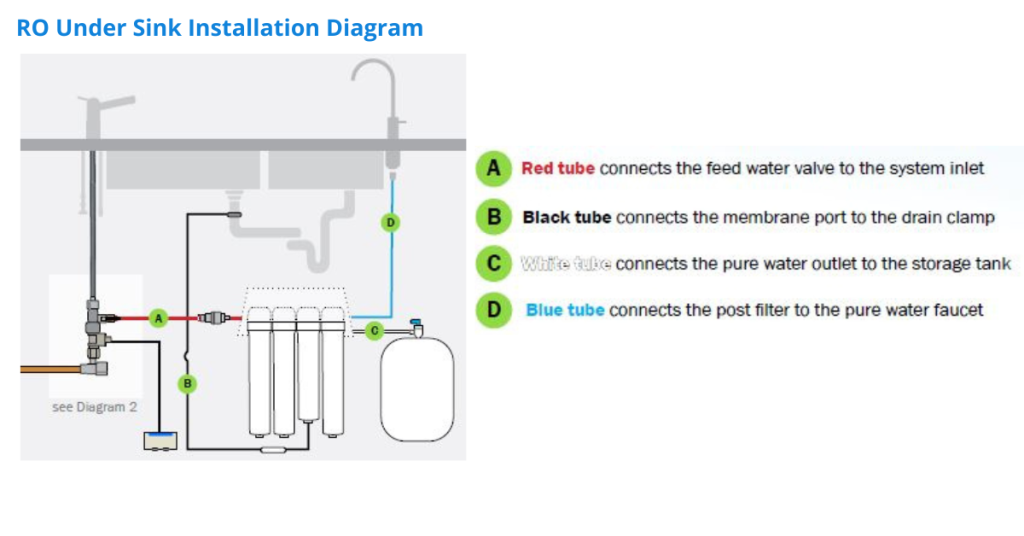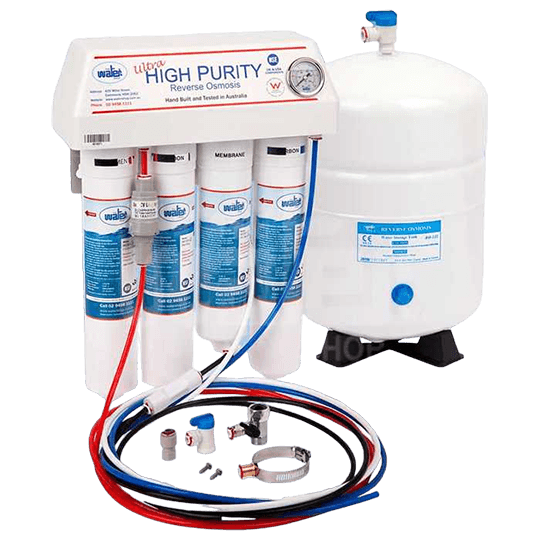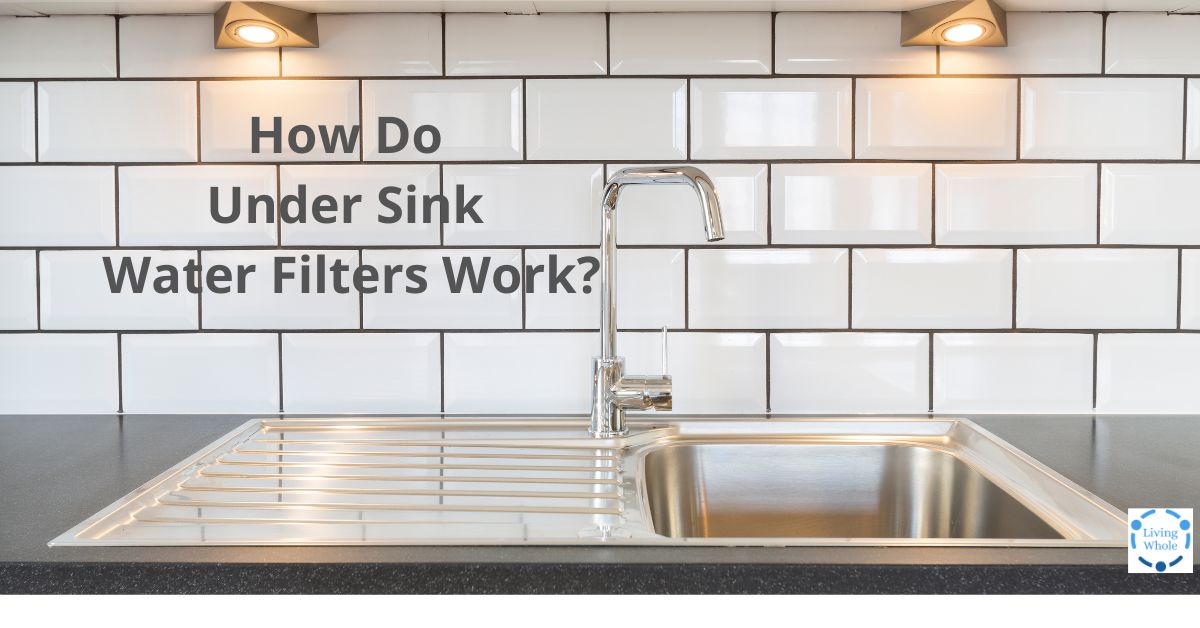If you’ve ever wondered how to improve the quality of your drinking water at home, you’ve likely come across under sink water filters. These compact, efficient systems are a popular choice for households looking to purify their water without sacrificing counter space. But how do they actually work? And are they worth the investment? In this blog post, I’ll break down the mechanics of under sink water filters, answer some common questions, and help you decide if one is right for you.
Do Water Filters Really Purify Your Water?
Let’s start with the big question: do water filters actually purify your water? The short answer is yes—but it depends on the type of filter you choose. Not all water filters are created equal, and their effectiveness depends on the technology they use.
Under sink water filters typically employ a combination of filtration methods to remove contaminants. One of the most advanced and effective technologies is reverse osmosis filtration. This process forces water through a semi-permeable membrane, which traps impurities like heavy metals, chlorine, bacteria, and even dissolved salts. The result is clean, great-tasting water that’s free from harmful substances. In fact, reverse osmosis is so effective that it’s being used on a large scale in places like Singapore for their water purification needs

But reverse osmosis (RO )isn’t the only option. Many under sink water filters also use activated carbon filters, which are excellent at removing chlorine, sediment, and organic compounds. Some systems even include UV filters to kill bacteria and viruses. So, yes, water filters can purify your water—but it’s important to choose one that targets the specific contaminants in your water supply.
How Do Under Sink Water Filters Work?
Now that we’ve established that water filters can purify your water, let’s dive into how under sink water filters actually work. These systems are installed directly under your kitchen sink, connecting to your existing water supply. Here’s a step-by-step breakdown of the process:


1. Pre-Filtration: Before the water reaches the main filter, it passes through a pre-filter. This stage removes larger particles like sediment, rust, and dirt, protecting the main filter from clogging.
2. Main Filtration: Next, the water moves through the primary filtration stage. In a reverse osmosis system, the semi-permeable membrane effectively eliminates up to 99% of contaminants during this stage. In other systems, this stage might involve activated carbon or another type of filter.
3. Post-Filtration: After the main filtration, some systems include a post-filter to polish the water further. This ensures that any remaining impurities are removed, leaving you with the cleanest water possible.
4. Storage and Dispensing: The filtered water is then stored in a small tank under your sink, ready to be dispensed through a dedicated faucet. This means you’ll have instant access to purified water whenever you need it.
One of the best things about under sink water filters is that they’re out of sight and out of mind. Unlike benchtop water filters, which take up valuable counter space, under sink systems are discreet and convenient. Plus, they’re designed to handle high volumes of water, making them ideal for families or anyone who uses a lot of water for cooking and drinking.
Do Under Sink Water Filters Waste Water?
This is a common concern, especially when it comes to reverse osmosis systems. The truth is, some under sink water filters do waste water—but it’s not as much as you might think, and there are ways to minimise it.
In a reverse osmosis system, the filtration process produces wastewater as a byproduct. This is because the membrane needs to flush out the contaminants it removes. On average, a reverse osmosis system might waste about 1-3 litres of water for every litre of purified water it produces. While this might sound like a lot, it’s important to put it into perspective. The average household uses far more water for things like showering, washing dishes, and doing laundry than what’s wasted by a water filter.
That said, if water conservation is a priority for you, there are ways to reduce waste. Some modern reverse osmosis systems are designed to be more efficient, with advanced membranes that minimise wastewater. You can also look for systems that recycle the wastewater for other uses, like watering plants or cleaning.
If you’re still concerned about water waste, you might consider an under sink water filter that doesn’t use reverse osmosis. Activated carbon filters, for example, don’t produce any wastewater at all. While they might not remove as many contaminants as reverse osmosis, they’re still highly effective for improving water taste and quality.
Are Under Sink Water Filters Right for You?
So, should you invest in an under sink water filter? If you’re looking for a convenient, effective way to purify your water without taking up counter space, the answer is probably yes. These systems are easy to install, low-maintenance, and capable of delivering clean, great-tasting water on demand.
However, it’s important to consider your specific needs. If you’re dealing with particularly contaminated water, a reverse osmosis system might be your best bet. On the other hand, if you’re mainly concerned about improving taste and odour, a simpler activated carbon filter could do the trick.
At the end of the day, the choice comes down to your priorities—whether that’s water purity, convenience, or conservation. But one thing’s for sure: once you experience the difference that an undersink water filter can make, you’ll wonder how you ever lived without it.




